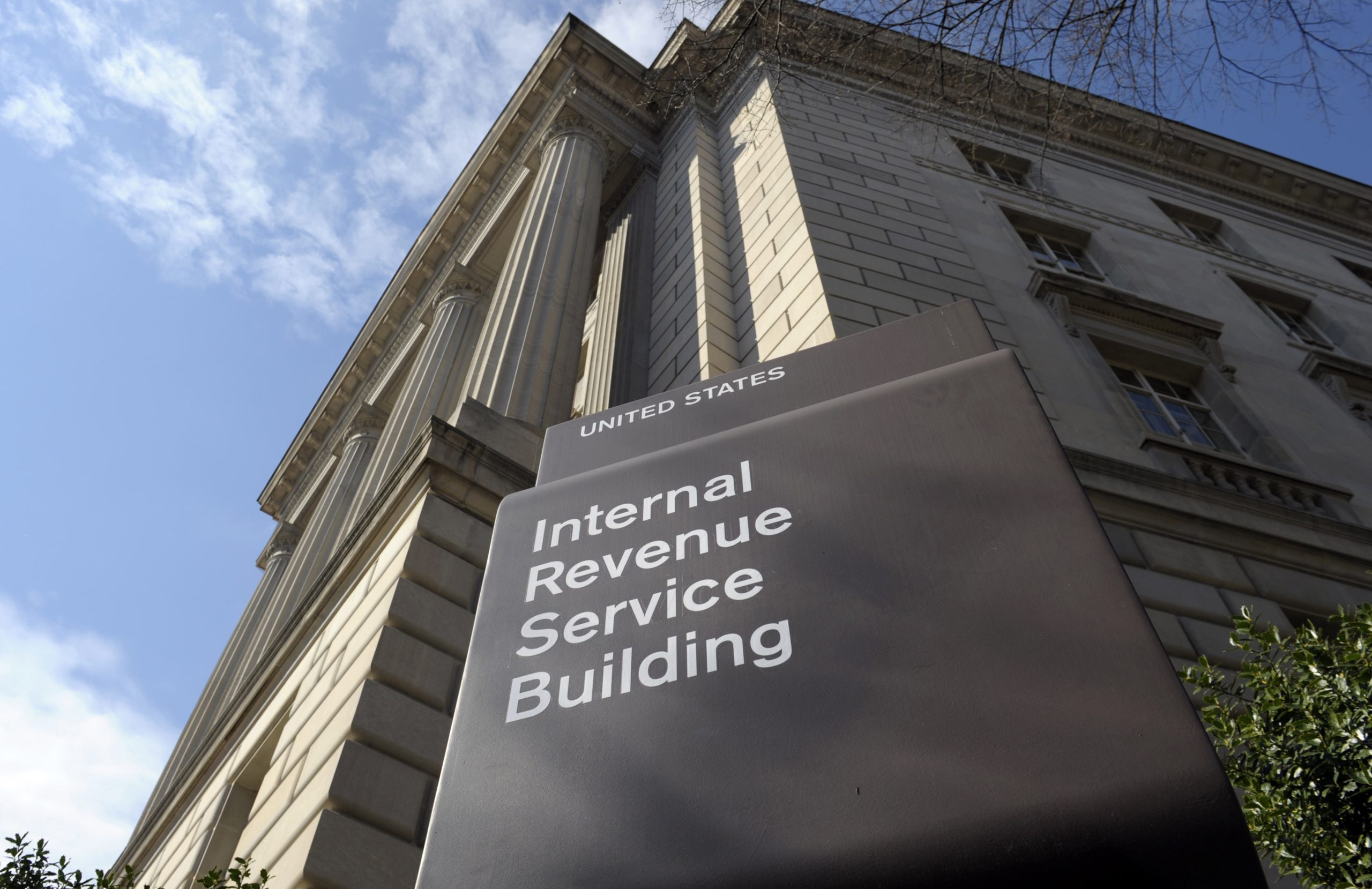Collection Standards
The IRS Collection Standards—Friend or Foe?
By Christian Reeves
Tax Attorney
Chances are that you are reading this because you are considering paying your back taxes through an Offer in Compromise or an Installment Agreement. In the forms you have to fill out in both cases you’ll need to document all your expenses. There’s a lot of common sense here: You cannot owe the government $50,000 and continue living like a king, send your kids to private schools and eat at fine restaurants every day of the week. In the case you are making an Offer in Compromise or an Installment Agreement the IRS gets to set the standard of the lifestyle you are permitted to keep until the debt is paid off.
The collection standards. What are they?
The IRS has developed living expense standards that are used by agents when working out payment plans with taxpayers for overdue taxes. In the IRS lingo they are called “allowable living expenses.”
The “allowable living expenses” include those expenses that meet the necessary expense test. The necessary expense test is defined as expenses that are necessary to provide for a taxpayer’s (and his or her family’s) health and welfare and/or production of income. These expenses are calculated in at least two different ways. In some cases, as with transportation and housing, the debtor puts his or her own expenses into the calculation, up to the amounts allowed by the IRS guidelines. With food, clothing, personal care, and entertainment, the debtor can put into their budget the full amount allowed for these items by the IRS, even if he or she does not normally spend that much.
But I’m getting ahead of myself…Let’s first examine the basics.
The IRS has established both national and local standards in order to establish the minimum a taxpayer and his family need to live. The “national standards” have been established for six necessary expenses: food, housekeeping supplies, apparel and services, personal care products and services, miscellaneous items, and out-of-the-pocket health care. In the case of the first five categories, the standards are derived from the Bureau of Labor Statistics’ Consumer Survey, which collects information on country’s buying habits. As I started mentioning above, for these categories taxpayers are allowed the total national standards’ amount per month for their family size, regardless of the total sum they actually spend. The out-of-the-pocket health care standards have been established for expenses allowed in addition to the amount taxpayers pay for health insurance. The table for health care allowances is based on the Medical Expenditure Panel Survey data for the whole nation and establishes reasonable amounts for health care costs including medical services, prescription drugs, and medical supplies (e.g., eyeglasses, contact lenses, etc.).
The “local standards” are established for two categories of expenses: (1) housing and utilities and (2) transportation. The housing and utilities standards are derived from the census data and are provided for each county within a state. They include mortgage or rent, property taxes, interest, insurance, maintenance, repairs, gas, electricity, water, heating oil, garbage collection, telephone, and cell phone for taxpayer’s primary place of residence. The transportation standards for vehicle owners include ownership costs (amounts for monthly loan or lease payments) and additional operating costs (maintenance, repairs, fuel, registrations, etc.) broken down by Census Region and Metropolitan Statistical Area. If a taxpayer has a car, but no car payment, only the operating costs portion of the transportation standard is used to figure the allowable transportation expense. In both of these cases, the taxpayer is allowed the amount actually spent or the standard, whichever is less. For the taxpayers who are using public transportation there is a single nationwide allowance for mass transit fares for train, bus, taxi, ferry, etc. Taxpayers with no vehicle are allowed the standard per household, without questioning the amount actually spent.
You may also qualify for what is called “conditional expenses.” These do not meet the necessary expense test, but are allowable if the tax liability, including the penalties and interest accumulated can be fully paid within five years. If you cannot pay within five years, the IRS may allow you the excessive necessary and conditional expenses for up to one year in order to modify or eliminate the expense.
Remember: Properly analyzing your tax situation (actual income vs. allowed standards) and fully documenting your case are the keys to getting an Offer in Compromise or an Installment Agreement accepted.
At Premier Tax & Corporate, Inc. you’ll find a group of well-trained professionals who will work together with you in order to achieve the best possible result for your particular circumstances. Contact us by phone at (800) 581-6716 or by e-mail at sales@taxreliefguaranteed.com. We are here to help.







Leave a Reply
Want to join the discussion?Feel free to contribute!